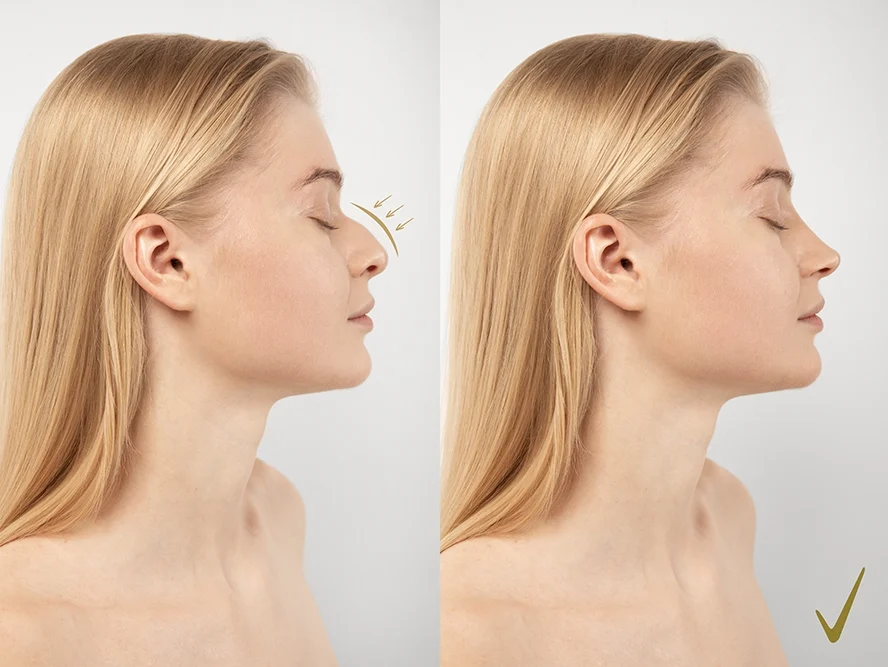Fat tissue has a crucial repair ability thanks to its growth factors and hormones. Especially in recent years, the application of filling using one’s oils has become quite popular. Facial fat tissue transfers, undesirable and unhappy fats became an option to flourish in front of us, even with one’s tissues and stem cells.
Fat Filling How is it done?
This process should not be confused with liposuction. Liposuction absorbs a very high rate of fat, and the primary purpose is to thin, shrink or shape the areas where the oils are collected. However, much less fat is collected in the fat areas ( abdomen, legs etc.) and injected into the appropriate sites.
The fats taken from our body are separated from the tissue fluids and blood they contain by the process we call centrifugation, and they are made more fluid and injected into the areas to be applied. For this purpose, the fat in the belly, hip, or inner leg areas is where the most common fat will be collected.
This procedure is most often applied to enlarge the lips, to clarify our cheekbones, to cover the bags under our eyes, to extend the chin, and to pull the forehead forward.
We perform this procedure in the same session as other surgeries and in the form of combined or local anesthesia in our clinic with the anticipation that half of the fat injected with le is dissolved, giving 30-50% more fat than the intended final image.
After Fat Filling
Fat injections usually cause swelling and edema in the region within the first month, and then the edema decreases, and the desired appearance is achieved. Many scientific studies show that fat fillings do not completely disappear even after many years.
What is the alternative to Fat Filling?
Synthetic products are also used for commercially available dermal fillers. Mostly, there is fluid between the tissues that we call hyaluronic acid. When the fat fillers and synthetic fillers are compared, the residence time and rate are much higher.
The risk of allergy, which is found to be very low in hyaluronic acids, is not present because the fat filling is taken from our body. It will be difficult to compare the two fillers as the cost will vary with the clinic where the application is made.
However, if we consider that very high injection rates can be made with fat filler, we can say that oil filler will always be more economical than the same amount of synthetic filler. There may be prolonged edema after fat filling and there is a risk of infection as it is surgical intervention.
Also, there is a rare risk that the fat filler will not be able to provide sufficient volume due to the inability to adapt to the newly placed anatomical region. Furthermore, the persistence of fat filling varies among people, which is one of the disadvantages of the process compared to dermal fillers.

























